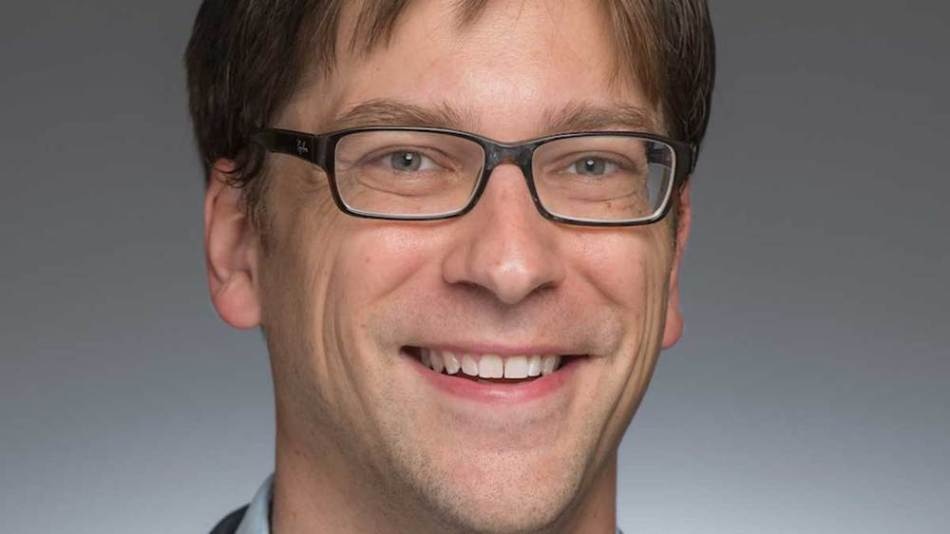Jan 8 2019
Researchers from the University of Notre Dame has discovered that the properties of a material typically used to make protective or conductive films and encapsulate drug compounds—and the conditions in which this material will disassemble to discharge that drug—may be different than originally believed.
 Jonathan Whitmer. (Photo by Matt Cashore/University of Notre Dame)
Jonathan Whitmer. (Photo by Matt Cashore/University of Notre Dame)
Reported in the Journal of the American Chemical Society, the research aimed to identify the circumstances under which polyelectrolyte complexes (PECs) would assemble and remain assembled. The scientists discovered new, key differences between strong and weak PECs.
The mechanism of weak PECs is completely different than that of strong PECs. During our research, we found that when each of the weak polyelectrolytes came together in a solution, the presence of an oppositely charged polymer resulted in a strong pKa shift, enabling both polyelectrolytes to become highly charged and to stay stable. On the contrary, pH has relatively little influence on the charge and assembly of strong PECs, whose strong binding to salt ions determines most of their assembly.
Jonathan Whitmer, Assistant Professor, Department of Chemical and Biomolecular Engineering and Study Chief Investigator, University of Notre Dame
Weak PECs have been examined for numerous uses, including as a material to make capsules that contain medications. Weak PECs have an exceptional ability to bond and release in specific environments, but Whitmer’s team learned that pH affected the total assembly of weak PECs, as well as the conditions in which these materials may discharge.
“This study completely changes our perspective on the formation of weak PECs and how this material can be used,” said Whitmer, an affiliated member of NDnano. “Not only does this study point out physical mechanisms that will enable us to engineer better PECs, but it also has the potential to improve how this material can be utilized in industry, including the ‘smart’ encapsulation and delivery of medications, thin conductive materials, and protective coatings.”
In conducting the research, Whitmer and his team also prepared a novel simulation algorithm. This algorithm allowed the scientists to examine specific aspects of weak PECs that were not possible before, including the correct replication of solution conditions.
The study’s first author is Vikramjit Rathee, Department of Chemical and Biomolecular Engineering graduate student. Additional collaborators include Hythem Sidky, a former chemical and biomolecular engineering doctoral student and currently a postdoctoral researcher at the University of Chicago, and Ben Sikora, former postdoctoral scholar in the Whitmer lab and presently employed at Honeywell FM&T. The research was supported by the Midwest Integrated Center for Computational Materials, which is sponsored by the U.S. Department of Energy, Office of Science, Basic Energy Sciences, Material Sciences and Engineering Division, and by startup funds granted by Notre Dame.
The Center for Nano Science and Technology (NDnano) at the University of Notre Dame promotes collaborative research in engineering and science to deal with unsolved scientific and technical questions with an aim to stimulate the greater good. NDnano is where Notre Dame faculty, researchers, and students meet to widen understanding, deliberate multidisciplinary research opportunities, and shape future research directions.